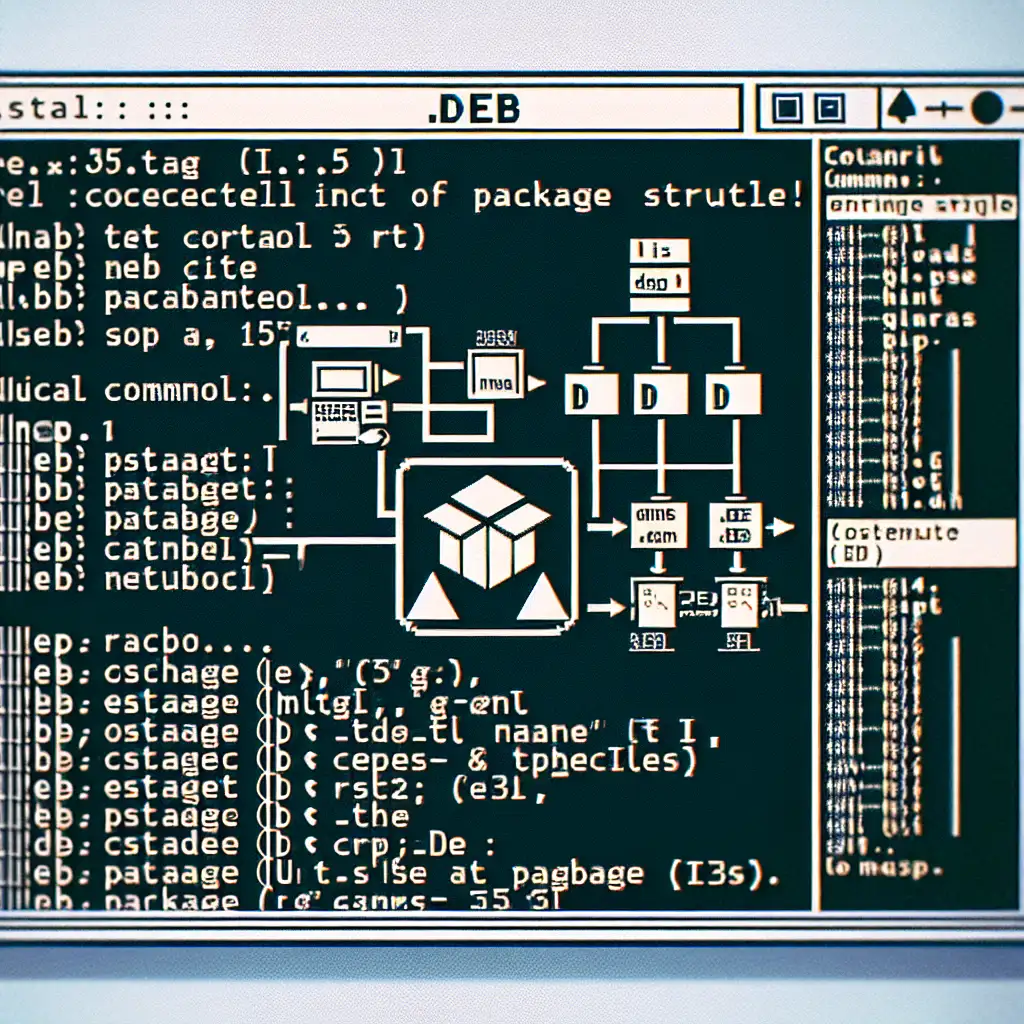Mastering .deb Files: How to Run and Manage Debian Packages Like a Pro
Forget blindly clicking ‘apt install’—learn the power moves behind manually handling .deb files to troubleshoot, customize, and optimize your Debian environment with laser precision.
If you’ve ever used a Debian-based Linux distribution (like Ubuntu, Mint, or pure Debian), you know that installing software usually boils down to simple commands like:
sudo apt install package-name
But what happens when you need more control? Maybe you want to test a specific version of an application not available in your repos, troubleshoot installation issues, or simply understand exactly what’s happening under the hood. That’s where mastering .deb files comes in.
In this post, we’ll dive into how to run and manage .deb packages manually, equipping you with the know-how every power user and sysadmin should have.
What Exactly Is a .deb File?
A .deb file is a Debian software package—an archive containing:
- The compiled application binaries or scripts
- Metadata about the package (name, version, dependencies)
- Installation scripts (pre/post-install commands)
- Configuration files
Think of it like a Windows .exe installer but tailor-made for Debian systems.
You get .deb files from official repos (downloaded automatically by tools like apt), third-party sites, or even custom-built packages.
Why Run .deb Files Manually?
- Test new or older package versions not yet in your repository
- Install locally-built software without uploading it elsewhere
- Work offline without internet access for dependencies
- Troubleshoot errors during automated installs by having finer control
- Control precisely when and how packages are installed or removed
How to Install .deb Packages Using dpkg
The most fundamental tool for managing .deb files directly is dpkg.
Step 1: Download the .deb
Let’s say you want Google Chrome on your Debian system:
wget https://dl.google.com/linux/direct/google-chrome-stable_current_amd64.deb
Step 2: Inspect the Package (Optional but recommended)
Before installing any third-party package, check its contents:
dpkg-deb -c google-chrome-stable_current_amd64.deb
This lists all files that will be installed and their locations.
You can also check package metadata:
dpkg-deb -I google-chrome-stable_current_amd64.deb
Step 3: Install the Package
Use dpkg -i (install) command:
sudo dpkg -i google-chrome-stable_current_amd64.deb
If everything goes smoothly, Chrome is installed!
Step 4: Handle Missing Dependencies
Unlike apt, dpkg doesn’t automatically resolve dependencies. You might see errors like this:
dpkg: error processing package google-chrome-stable (--install):
dependency problems - leaving unconfigured
To fix these missing dependencies after installing a .deb package:
sudo apt-get install -f
This tells apt to fix broken dependencies, pulling in whatever else is required.
Uninstalling .deb Packages with dpkg
To remove any package installed via a .deb file:
sudo dpkg -r package-name
For example:
sudo dpkg -r google-chrome-stable
Note this removes binaries and scripts but keeps config files. If you want to purge configurations as well,
sudo dpkg -P google-chrome-stable
Tips for Advanced Package Management Using dpkg
Extract Without Installing
To explore package contents without installing:
dpkg-deb -x package.deb ./extract-folder/
Perfect for auditing programs or grabbing single files.
Reconfigure a Package
If configurations get corrupted:
sudo dpkg-reconfigure package-name
Runs configuration dialogs again if supported.
Force Install or Remove (Use Carefully!)
When packages conflict but you still want action:
sudo dpkg --force-all -i package.deb # Force install ignoring errors
sudo dpkg --force-remove-reinstreq -r package-name # Force remove broken stuff
Use these only as last resort because they can destabilize your system.
Wrapping Up
Mastering how to run and manage .deb packages manually puts control firmly in your hands. You gain flexibility in handling custom software installs, troubleshooting complex dependency errors, and optimizing your Debian system far beyond the default “black box” apt process.
By practicing dpkg commands alongside apt, you'll become the kind of Linux user who truly understands what’s happening beneath the hood—and that’s a powerful skill every sysadmin and Linux enthusiast should have in their toolbox.
Ready to level up? Try downloading a few .deb files from trusted sources and experiment with inspecting and managing them yourself. Your system stability and security will thank you!
If this guide helped you master .deb files, share it with fellow Linux learners or drop a comment below about your experiences!
